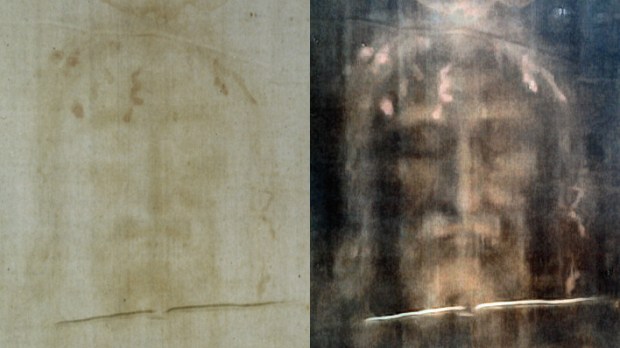The Shroud of Turin, which is believed to be the burial cloth of Jesus Christ, has long been the subject of a debate that has pitted those who believe it is the actual cloth in which Joseph of Arimathea wrapped the body of Jesus Christ against those who think that the Shroud was an invention of the Middle Ages.
For the doubters, a radiocarbon analysis conducted in 1988 by scientists from Oxford University, the University of Arizona and the Swiss Federal Institute of Technology settled the question. After testing samples of the shroud, they estimated that the cloth dated to sometime between 1260 and 1390.
Today that testing is being called into question, according to a report in Vatican Insider News.
Scientists are expected to present evidence challenging the reliability of the 30-year-old testing at this week’s meeting of the International Center of Sindonology in Chambéry, France.
According to Vatican Insider News, scientists will challenge the 1988 findings, based on the following findings:
1. Questions about the reliability of testing fabrics
Paolo Di Lazzaro, research manager of the Aeneas of Frascati, found that “the calculation that transforms the number of C-14 atoms in the age of a fabric” presents “greater uncertainties than in other solid samples (bones, artifacts, etc.) because of the greater permeability of the textile sample to external agents (bacterial digestion, mold, dirt).”
2. Questions about laboratory procedures
The reliability of the data is in question, Di Lazzaro explains, because the three laboratories that dated the Shroud 30 years ago “have always refused to provide the exact distribution of raw data.”
3. Evidence that contamination may have distorted results
Previous tests showed that different samples of the cloth produced different results, indicating the possible presence of contamination.

